Home>Maintenance & Safety>Child & Elderly Safety at Home>What Age Can A Child Go In A Booster Seat In The UK?


Child & Elderly Safety at Home
What Age Can A Child Go In A Booster Seat In The UK?
Modified: August 27, 2024
Find out the legal age and requirements for using a booster seat in the UK to ensure child and elderly safety at home. Stay informed and keep your loved ones safe.
(Many of the links in this article redirect to a specific reviewed product. Your purchase of these products through affiliate links helps to generate commission for Storables.com, at no extra cost. Learn more)
Introduction
Ensuring the safety of children and the elderly at home is a top priority for families. One crucial aspect of this is providing the right equipment to keep them safe while traveling in vehicles. In the United Kingdom, specific regulations govern the use of booster seats for children, aiming to minimize the risk of injury in the event of a collision. Understanding these regulations and guidelines is essential for parents and caregivers to make informed decisions about the safety of their young passengers.
The UK has implemented strict laws regarding the use of booster seats, and it's important for parents to be aware of these regulations to ensure compliance and, more importantly, the safety of their children. From understanding the age and height requirements for using a booster seat to selecting the appropriate type, there are several factors to consider when it comes to safeguarding children during car journeys.
In this comprehensive guide, we will delve into the UK booster seat regulations, explore when a child can use a booster seat, discuss the different types of booster seats available, and provide insights into choosing the right booster seat for your child's specific needs. By the end of this article, you will have a clear understanding of the essential considerations for ensuring the safety of children while traveling in vehicles within the UK. Let's embark on this journey to discover the crucial information that will empower you to make well-informed decisions regarding booster seat safety.
Key Takeaways:
- Children in the UK need a booster seat until they’re 12 years old or 135cm tall. It’s not just about age or height, but making sure the seat belt fits them properly for safety.
- There are two types of booster seats in the UK: high-back for younger kids needing extra support, and backless for older kids who just need a lift for the seat belt. Choose the right one for your child’s age and needs.
UK Booster Seat Regulations
In the United Kingdom, the use of booster seats for children is regulated by specific laws aimed at enhancing their safety during car journeys. These regulations are designed to ensure that children are adequately protected in the event of a collision, reducing the risk of injury. Understanding and adhering to these regulations is crucial for parents and caregivers to guarantee the safety of young passengers.
The current UK law stipulates that children must use a child car seat until they reach 12 years of age or 135cm in height, whichever comes first. After reaching this milestone, children can use a regular seat belt. However, it is important to note that simply reaching the age of 12 or the height of 135cm does not automatically mean that a child is ready to transition from a booster seat to a regular seat belt. The key factor in determining readiness for this transition is whether the seat belt fits the child correctly.
The law requires that children use a child car seat or a booster seat until they are 12 years old or 135cm tall, as the adult seat belt is designed for a person of 150cm or taller. This is because the seat belt may not fit a child correctly until they reach this height. Therefore, it is essential to ensure that children use an appropriate child car seat or booster seat until they are tall enough to use an adult seat belt safely.
Furthermore, it is the driver's responsibility to ensure that children under 14 years of age are using the correct child car seat or booster seat. Failing to comply with these regulations can result in fines and penalties, but more importantly, it can compromise the safety of the child in the event of a collision.
The UK booster seat regulations are in place to protect children and reduce the risk of injury while traveling in vehicles. By understanding and following these regulations, parents and caregivers play a vital role in safeguarding the well-being of young passengers, providing them with the necessary protection during car journeys. It is essential to stay informed about any updates or changes to these regulations to ensure ongoing compliance and the safety of children on the road.
When Can a Child Use a Booster Seat?
The decision of when a child can transition to using a booster seat is crucial for ensuring their safety during car journeys. In the UK, the law mandates the use of a child car seat or booster seat until a child reaches 12 years of age or 135cm in height, whichever comes first. However, reaching these milestones does not automatically signify readiness to transition to a regular seat belt. The determining factor is whether the seat belt fits the child correctly.
The fitting of the seat belt is a critical consideration when determining if a child is ready to use a booster seat. It is essential to ensure that the seat belt lies comfortably across the child's chest, without resting on their neck, and that the lap belt fits across their hips and upper thighs, rather than their stomach. If the seat belt does not fit correctly, the child should continue using a booster seat to ensure their safety.
It's important to note that the transition from a child car seat to a booster seat should only occur when the child has outgrown the weight or height limits of the child car seat. Moving a child to a booster seat prematurely can compromise their safety in the event of a collision. Therefore, parents and caregivers should carefully assess whether the child meets the necessary criteria for transitioning to a booster seat, considering both age and physical development.
Additionally, it's crucial to emphasize that the decision to transition to a booster seat should not be rushed. Each child develops at their own pace, and it's essential to prioritize their safety over meeting specific age or height requirements. Ensuring that the child is physically ready and that the booster seat provides the necessary support for the seat belt to fit correctly is paramount.
By understanding the factors that determine when a child can use a booster seat, parents and caregivers can make informed decisions that prioritize the safety and well-being of young passengers. This thoughtful approach to transitioning from a child car seat to a booster seat contributes to creating a secure and protective environment for children during car journeys.
Children in the UK can use a booster seat from the age of 4, or when they weigh 15kg (around 33lbs). It’s important to check the specific height and weight guidelines for the booster seat you choose.
Types of Booster Seats
When it comes to ensuring the safety of children during car journeys, selecting the right booster seat is of paramount importance. Booster seats are designed to elevate children to the correct height, enabling the seat belt to fit them properly and provide optimal protection in the event of a collision. In the United Kingdom, there are two main types of booster seats available, each catering to specific age groups and providing distinct safety features.
-
High-Back Booster Seats: These booster seats feature a high backrest, providing additional support and protection for the child's head and neck. High-back booster seats are particularly suitable for younger children who may benefit from the extra head and neck support. Additionally, they often come equipped with side-impact protection, enhancing the overall safety features. The high backrest also ensures that the seat belt is positioned correctly across the child's shoulder and chest, reducing the risk of injury in the event of a collision.
-
Backless Booster Seats: Unlike high-back booster seats, backless booster seats do not have a backrest and are designed to elevate the child to the appropriate height for the seat belt to fit correctly. These booster seats are typically more compact and portable, making them a convenient choice for older children who may no longer require the additional head and neck support provided by high-back booster seats. While backless booster seats offer the necessary elevation for the seat belt to function effectively, they do not provide the same level of head and neck protection as high-back booster seats.
When selecting a booster seat, it is essential to consider the child's age, height, and individual needs. High-back booster seats are often recommended for younger children, offering comprehensive support and safety features, while backless booster seats are suitable for older children who have outgrown the need for a high backrest. Additionally, parents and caregivers should ensure that the booster seat complies with the relevant safety standards and is compatible with the vehicle in which it will be used.
By understanding the distinct features and suitability of high-back and backless booster seats, parents and caregivers can make informed decisions when choosing the most appropriate booster seat for their child. Prioritizing the safety and comfort of young passengers through the selection of the right booster seat contributes to creating a secure and protective environment during car journeys.
Choosing the Right Booster Seat
Selecting the right booster seat for a child is a crucial decision that directly impacts their safety and comfort during car journeys. With various options available in the market, parents and caregivers must consider several factors to ensure that the chosen booster seat meets the specific needs of the child and complies with safety regulations.
One of the primary considerations when choosing a booster seat is the child's age and physical development. Younger children, who may benefit from additional head and neck support, are often better suited to high-back booster seats. These seats provide comprehensive protection and are designed to ensure that the seat belt fits correctly across the child's shoulder and chest, reducing the risk of injury in the event of a collision. On the other hand, older children who have outgrown the need for a high backrest may find backless booster seats more suitable. These seats offer the necessary elevation for the seat belt to function effectively while being more compact and portable.
In addition to age, the child's height and weight are crucial factors in selecting the right booster seat. It is essential to choose a booster seat that aligns with the child's height and weight to ensure optimal safety and comfort. Furthermore, considering the child's individual needs, such as any specific physical requirements or preferences, can guide the selection process. Some booster seats come with additional features, such as adjustable headrests and armrests, which can enhance the child's comfort and overall safety.
Another vital aspect to consider is the compatibility of the booster seat with the vehicle in which it will be used. Different vehicles have varying seat designs and dimensions, and not all booster seats may fit securely in every car. Therefore, it is essential to ensure that the chosen booster seat is compatible with the specific make and model of the vehicle, providing a secure and stable fit.
Furthermore, parents and caregivers should prioritize booster seats that comply with the relevant safety standards and regulations. Look for booster seats that have been tested and approved to meet the established safety requirements, providing assurance that they offer the necessary protection for the child during car journeys.
By carefully considering the child's age, height, weight, individual needs, vehicle compatibility, and adherence to safety standards, parents and caregivers can make an informed decision when choosing the right booster seat. Prioritizing the safety and comfort of young passengers through the selection of an appropriate booster seat contributes to creating a secure and protective environment during car journeys.
Conclusion
In conclusion, the safety of children during car journeys is a paramount concern for parents and caregivers, and the use of booster seats plays a pivotal role in providing the necessary protection. Understanding the UK booster seat regulations, including the age and height requirements for using a booster seat, is essential for ensuring compliance and, more importantly, the safety of young passengers.
The UK law mandates the use of a child car seat or booster seat until a child reaches 12 years of age or 135cm in height, emphasizing the importance of proper restraint systems tailored to the child's developmental stage. It is crucial to recognize that simply reaching the age or height threshold does not automatically signify readiness to transition to a regular seat belt. The key factor is whether the seat belt fits the child correctly, highlighting the significance of ensuring a secure and comfortable fit for optimal safety.
When considering the types of booster seats available, the distinction between high-back and backless booster seats becomes evident. High-back booster seats offer comprehensive support, particularly suitable for younger children who may benefit from additional head and neck protection. On the other hand, backless booster seats provide the necessary elevation for older children to ensure the seat belt fits correctly, offering a more portable and convenient option.
Choosing the right booster seat involves careful consideration of the child's age, height, weight, individual needs, and vehicle compatibility. By prioritizing safety standards and regulations, parents and caregivers can make informed decisions that prioritize the safety and comfort of young passengers, contributing to a secure and protective environment during car journeys.
In essence, the journey to understanding the regulations, requirements, and considerations surrounding booster seat safety in the UK empowers parents and caregivers to make well-informed decisions. By prioritizing the safety and well-being of children through the appropriate use of booster seats, families can create a secure and protective environment, ensuring that young passengers are safeguarded during every car journey.
Frequently Asked Questions about What Age Can A Child Go In A Booster Seat In The UK?
Was this page helpful?
At Storables.com, we guarantee accurate and reliable information. Our content, validated by Expert Board Contributors, is crafted following stringent Editorial Policies. We're committed to providing you with well-researched, expert-backed insights for all your informational needs.
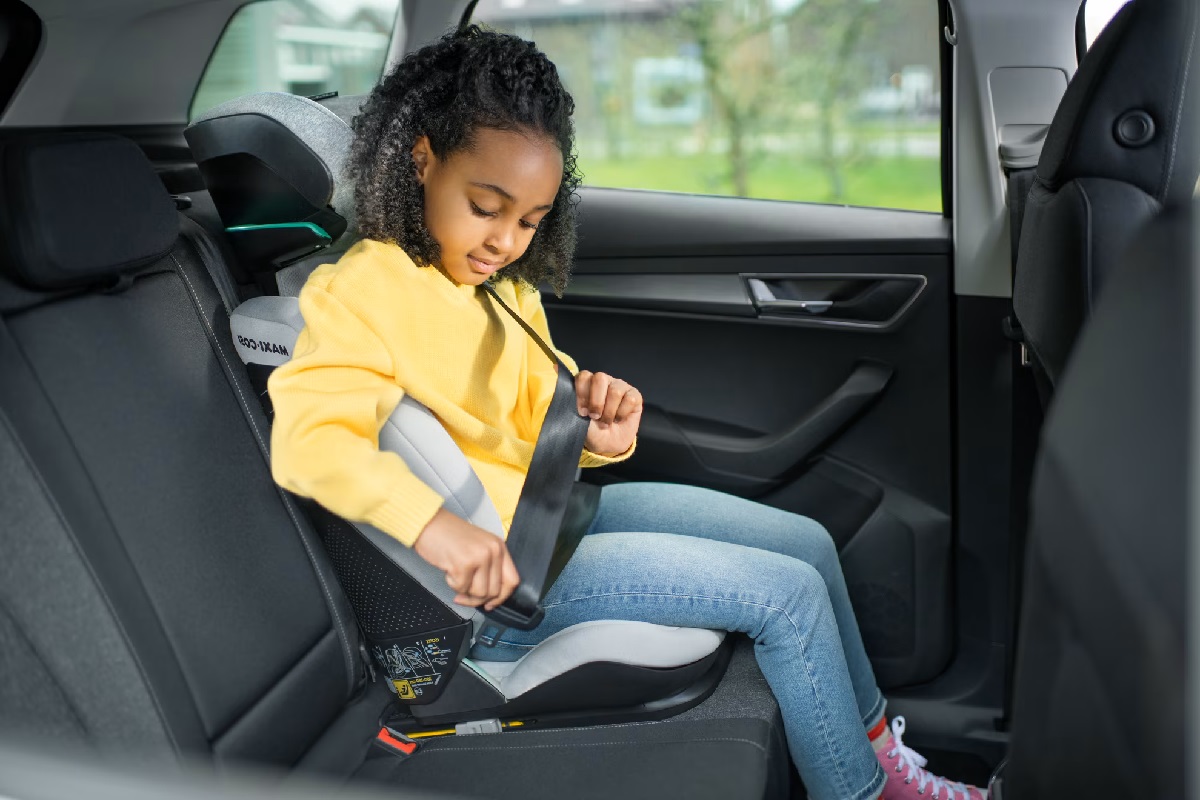

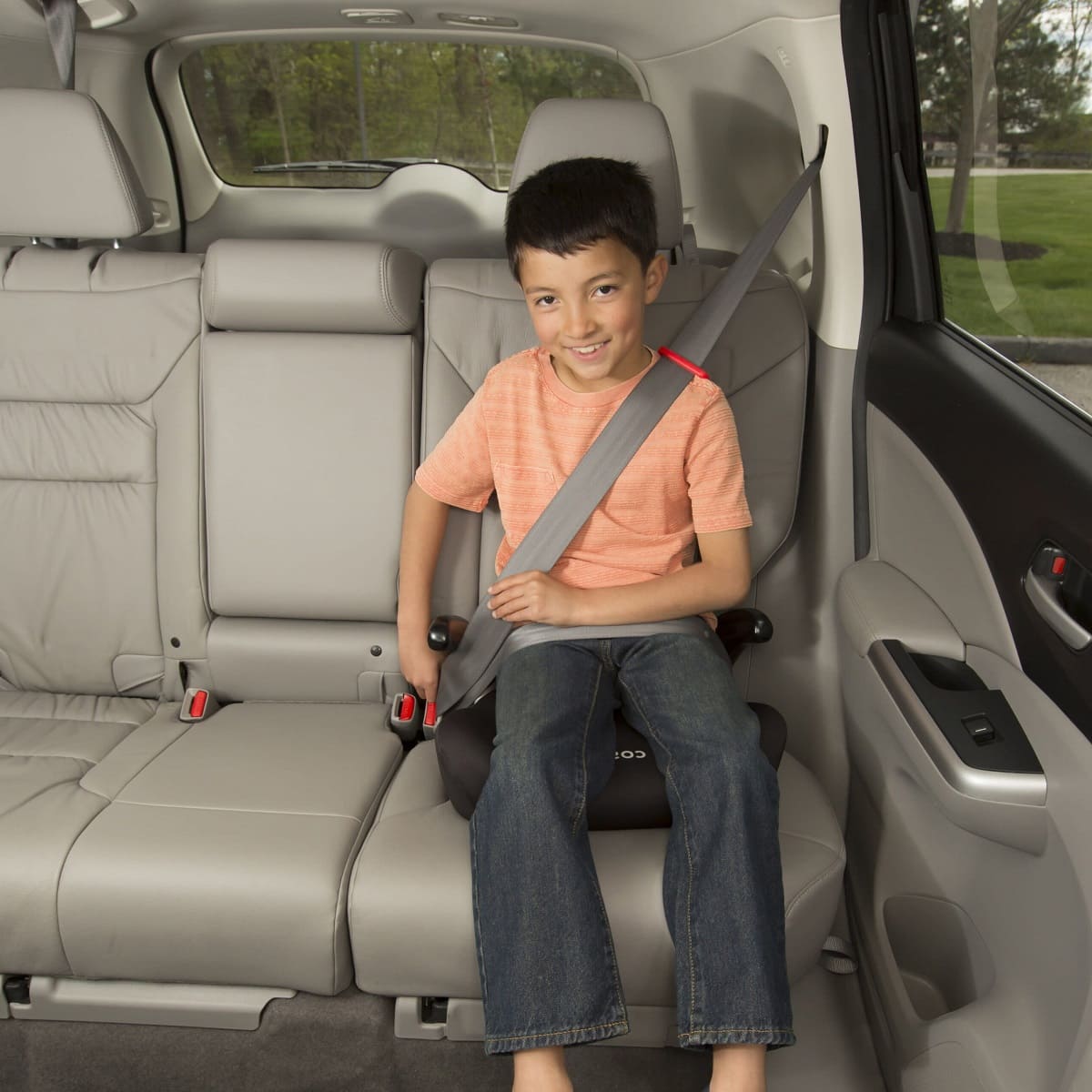
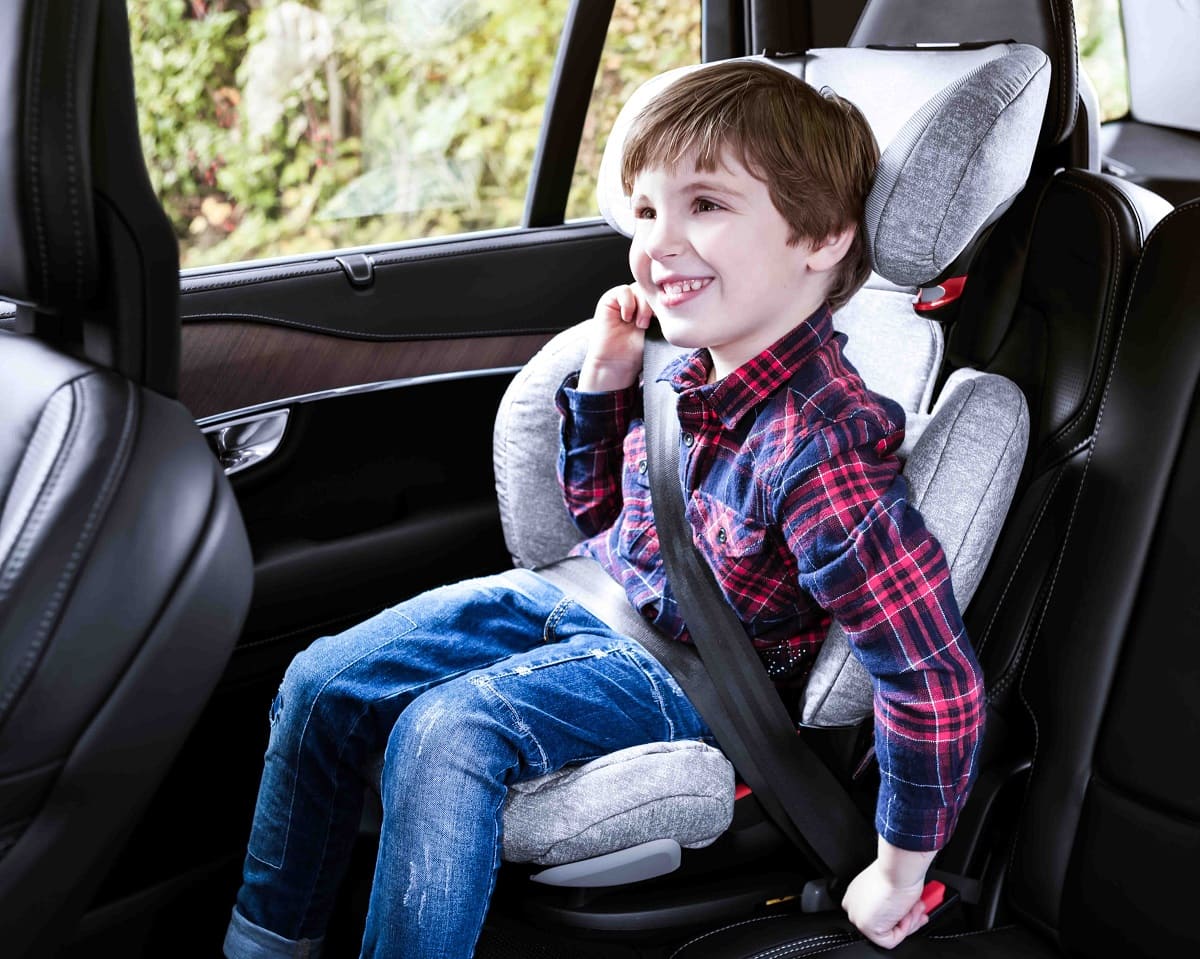
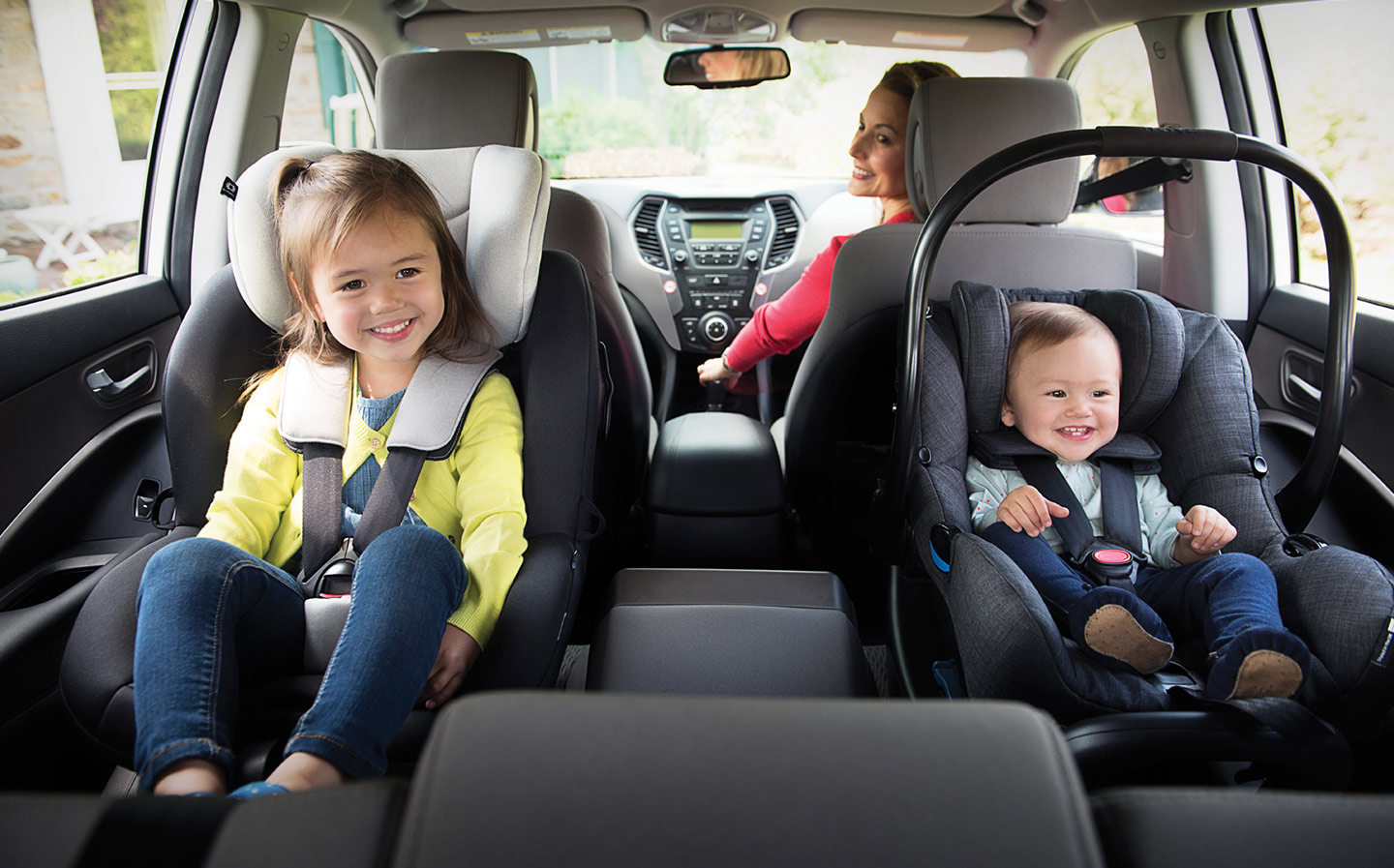
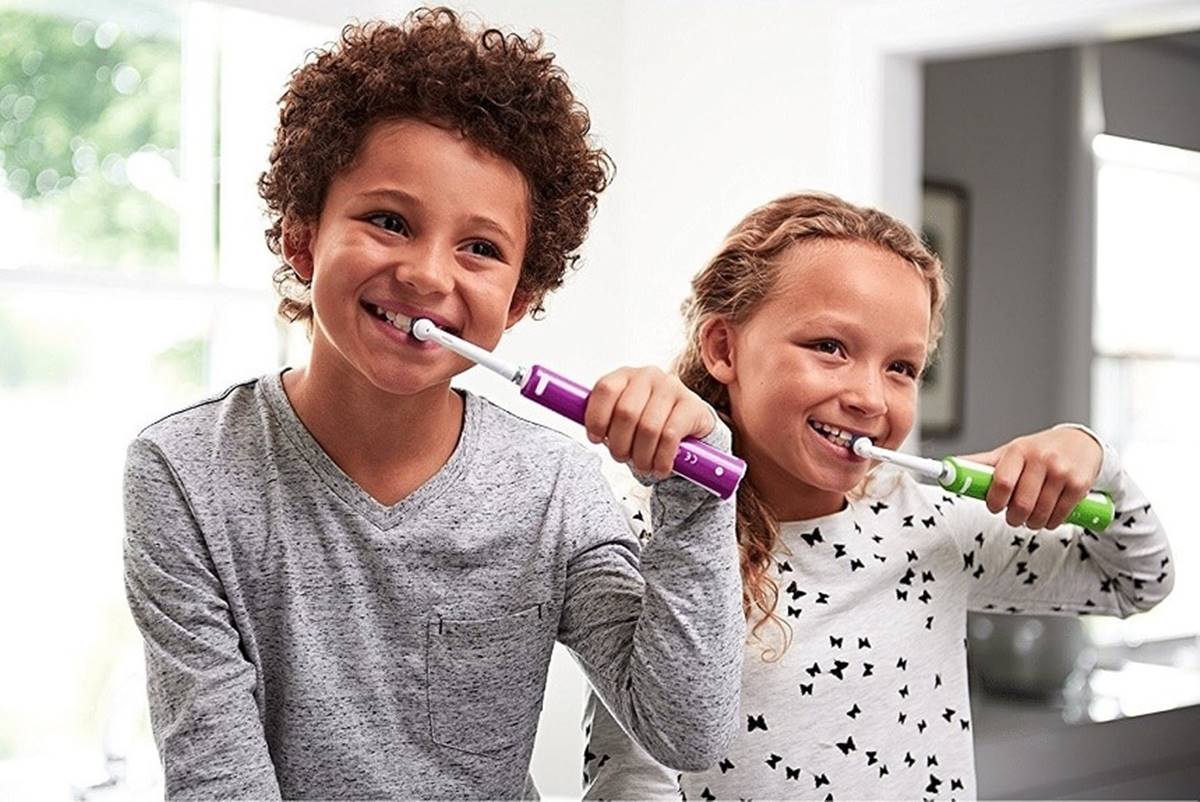
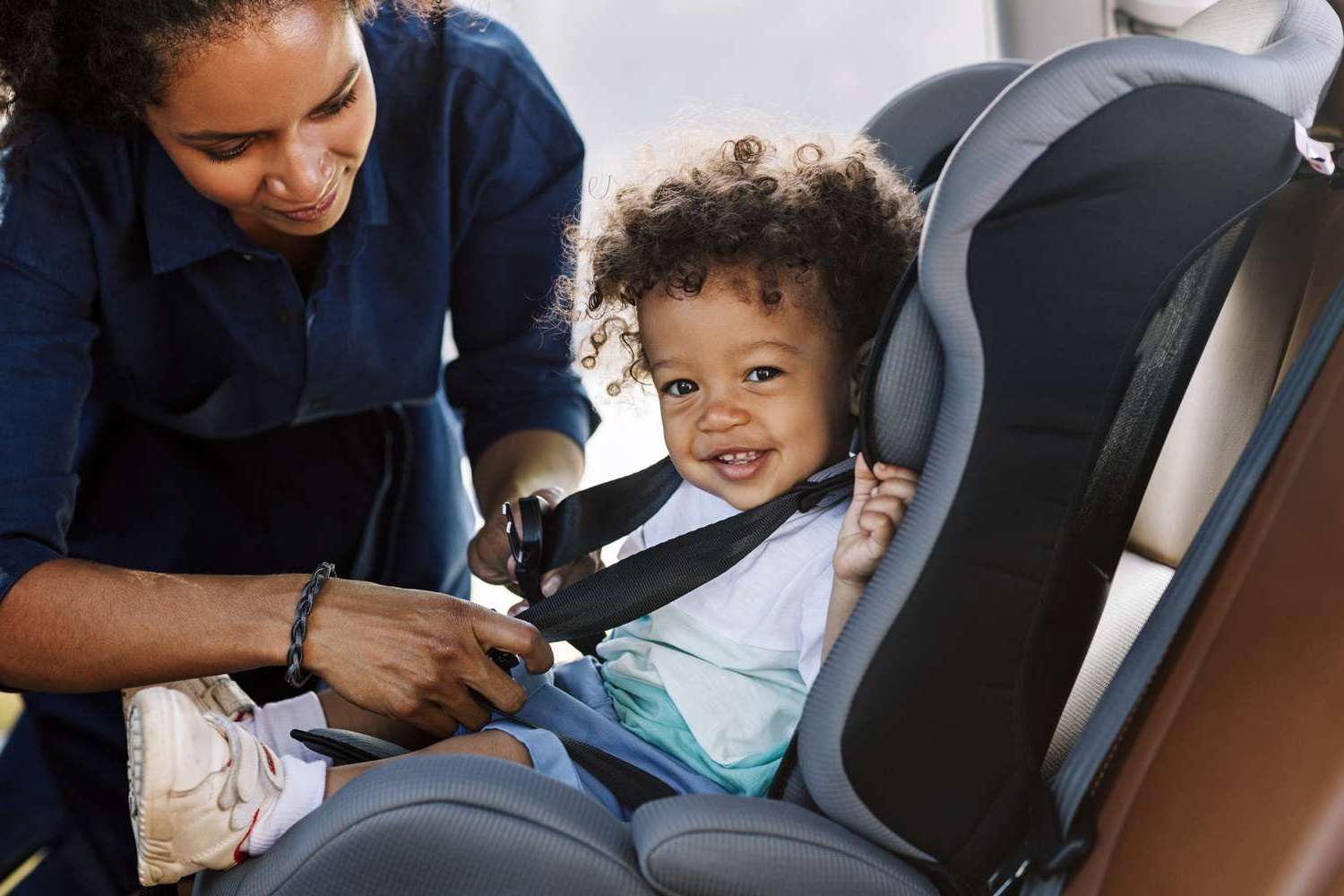
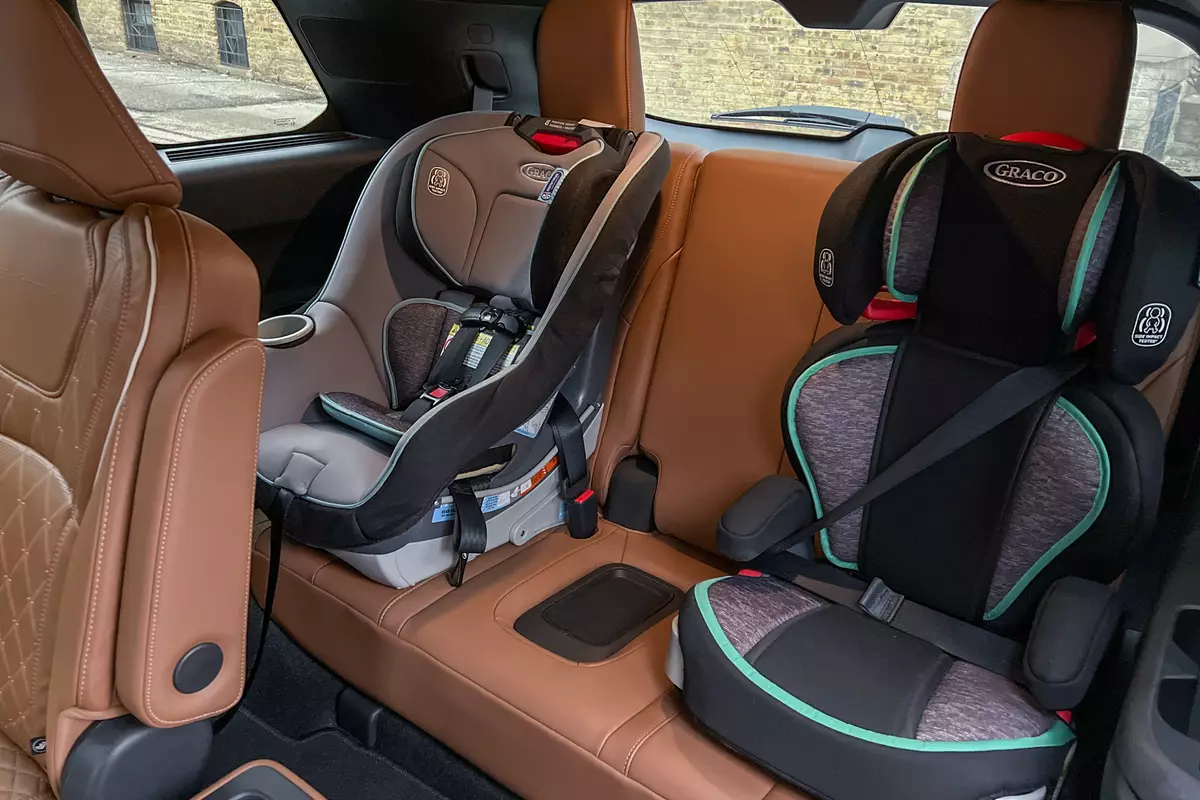
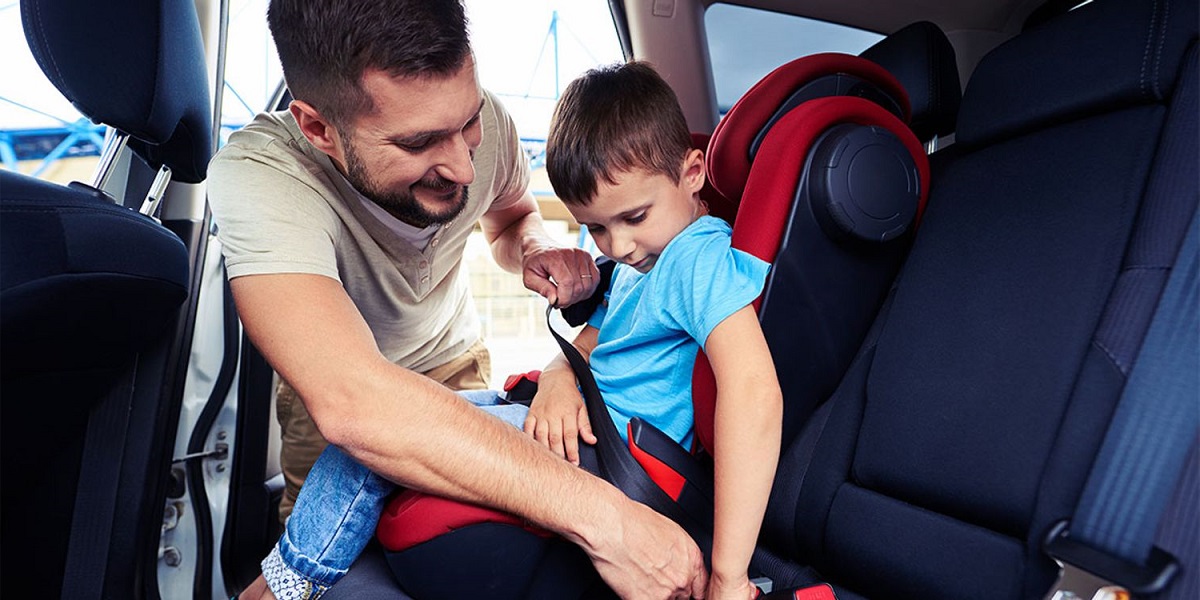
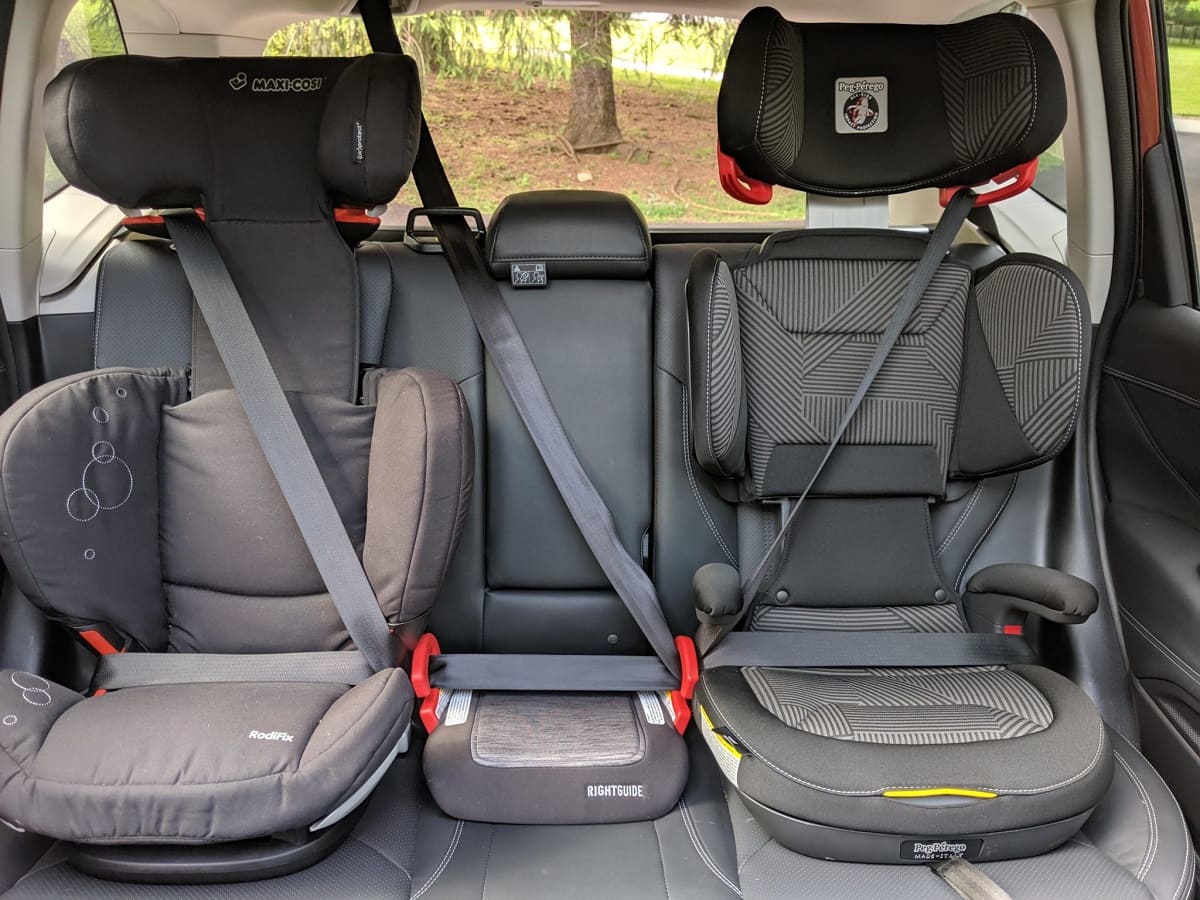
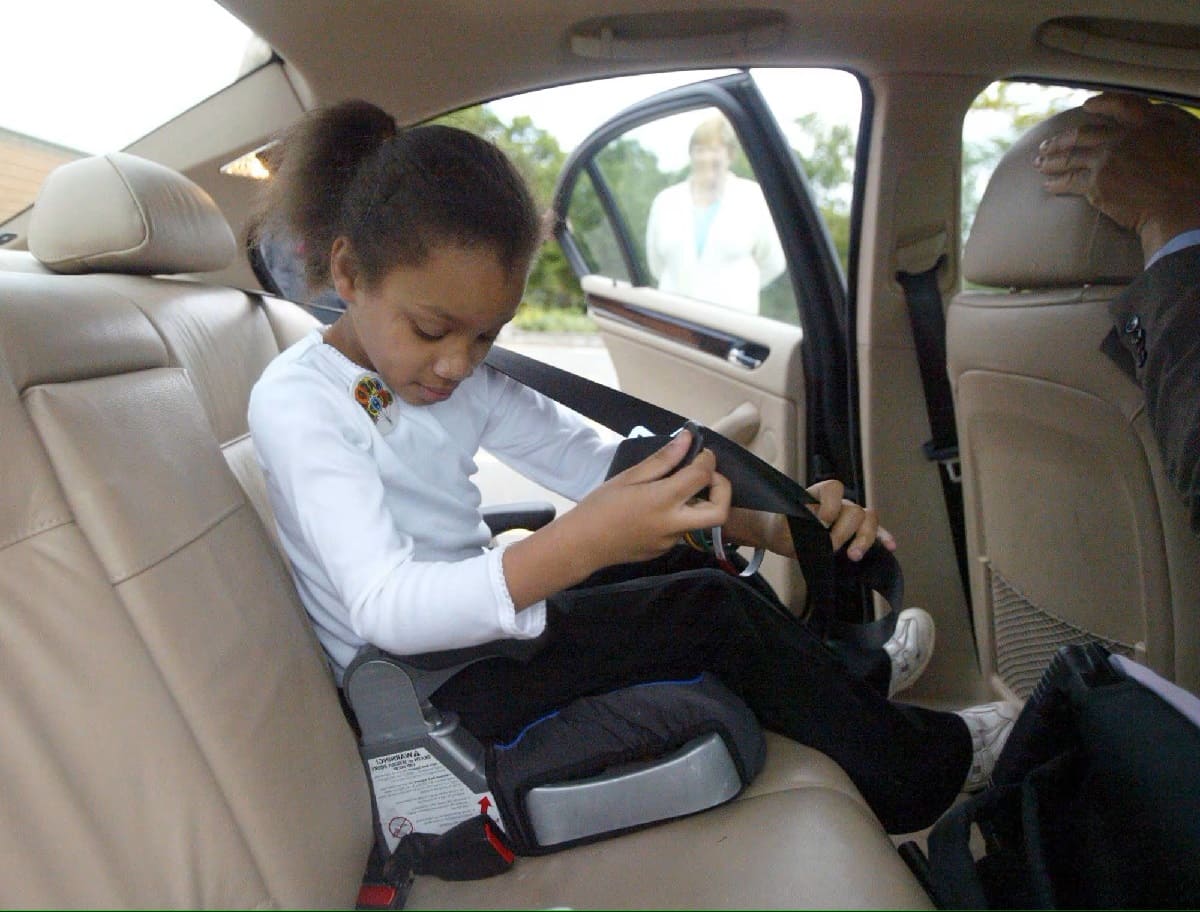
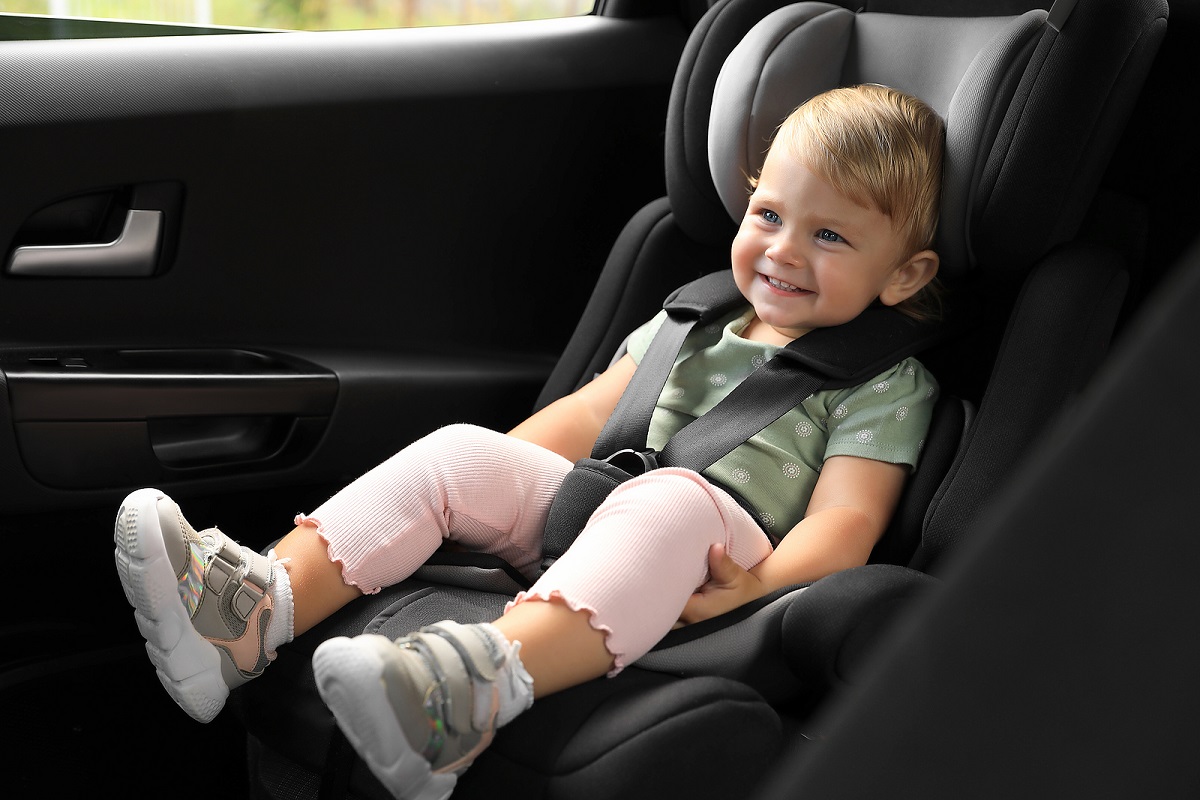

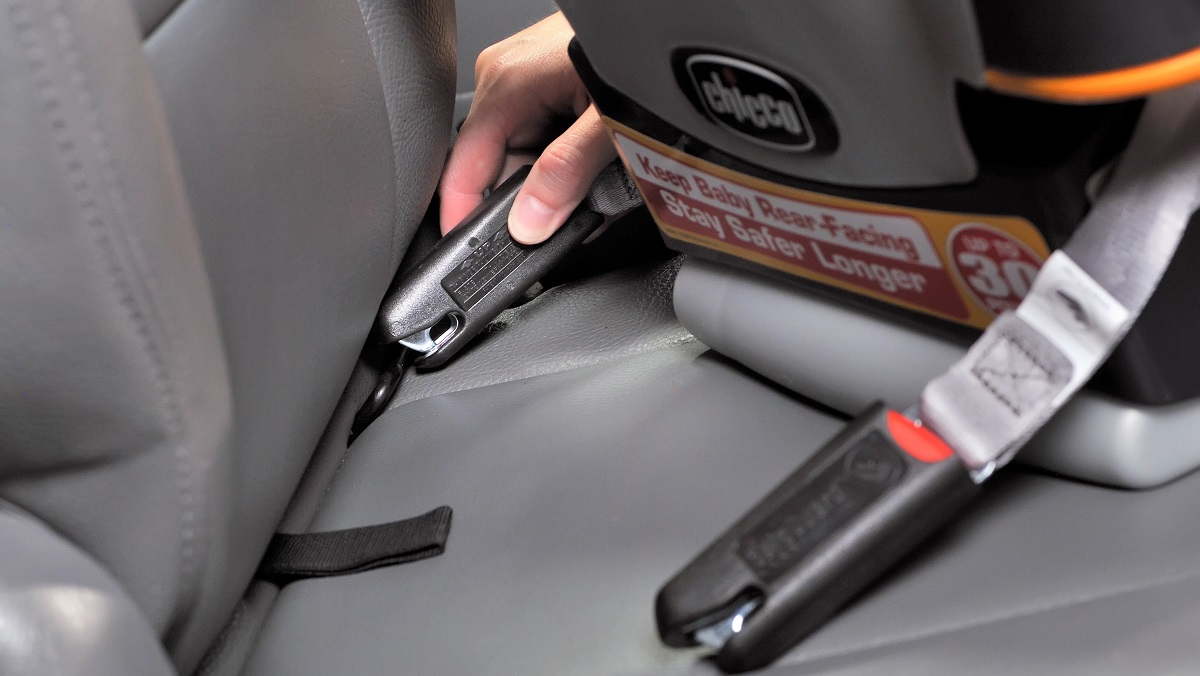

0 thoughts on “What Age Can A Child Go In A Booster Seat In The UK?”